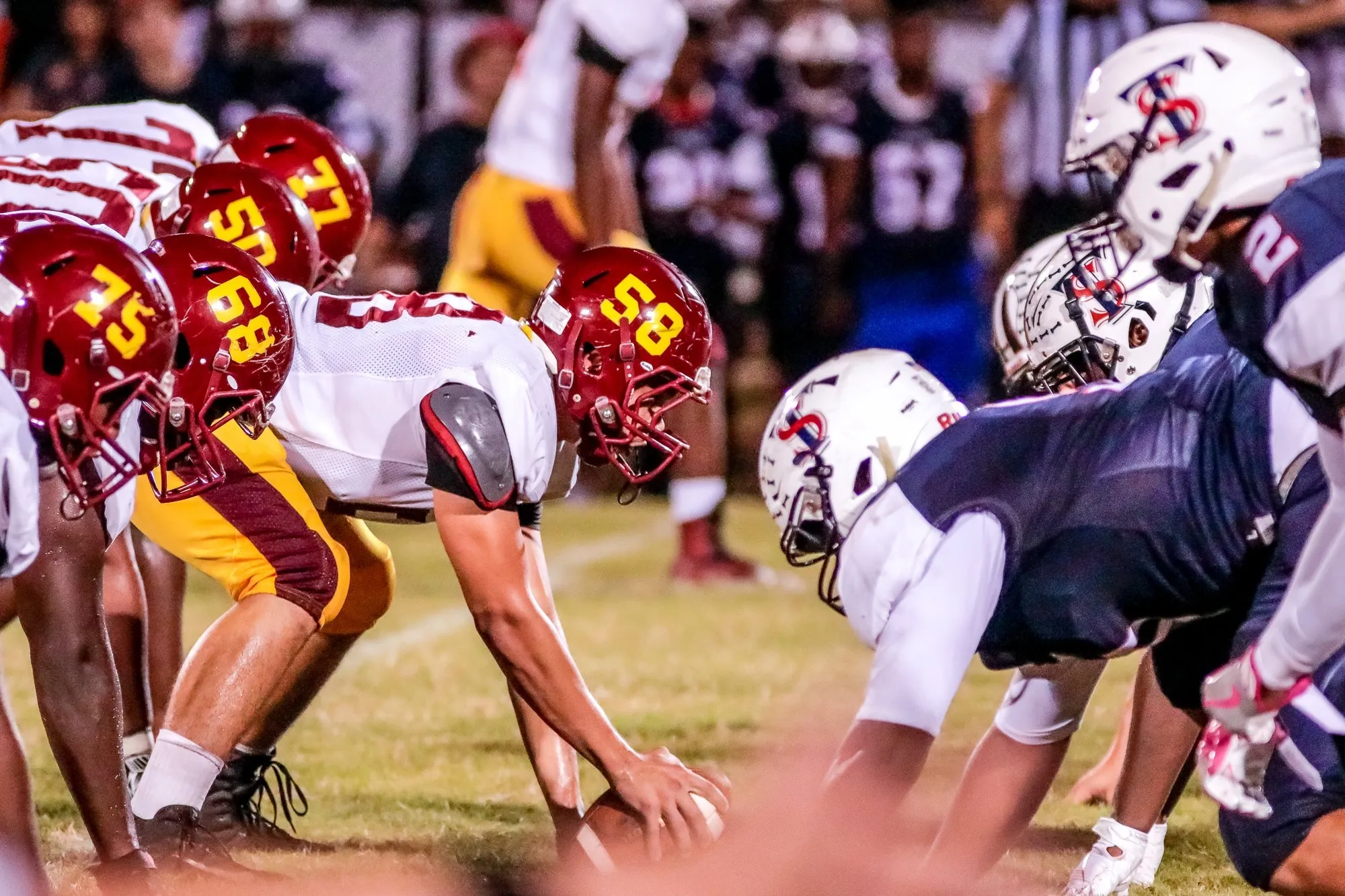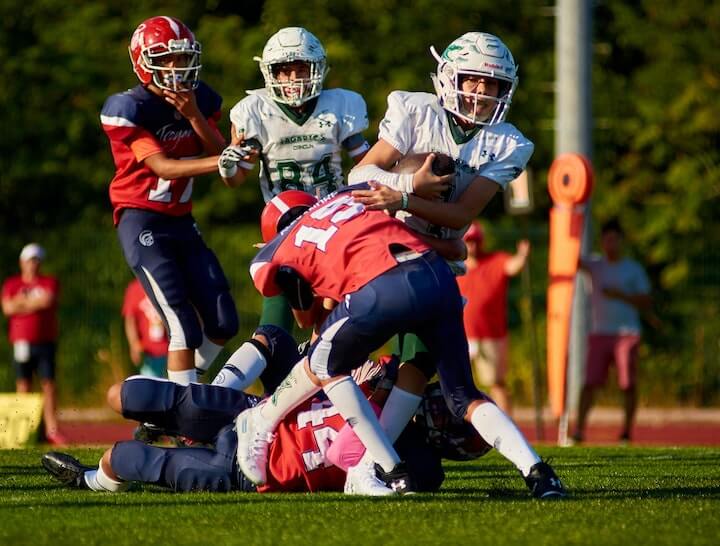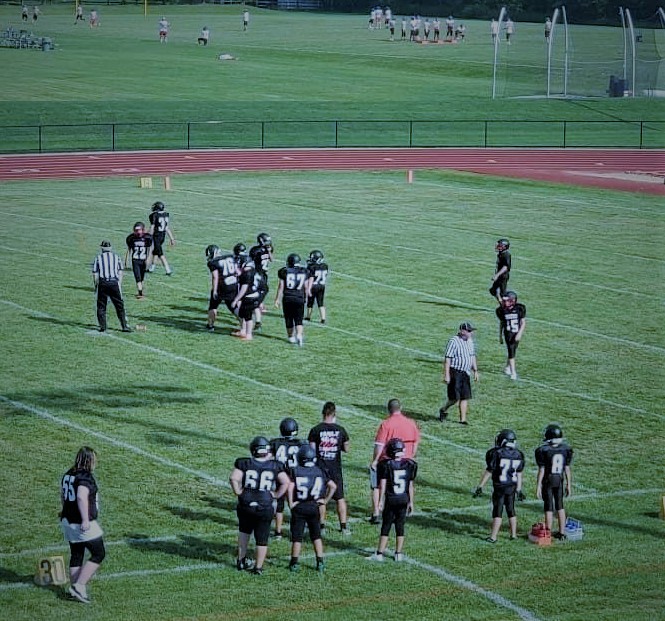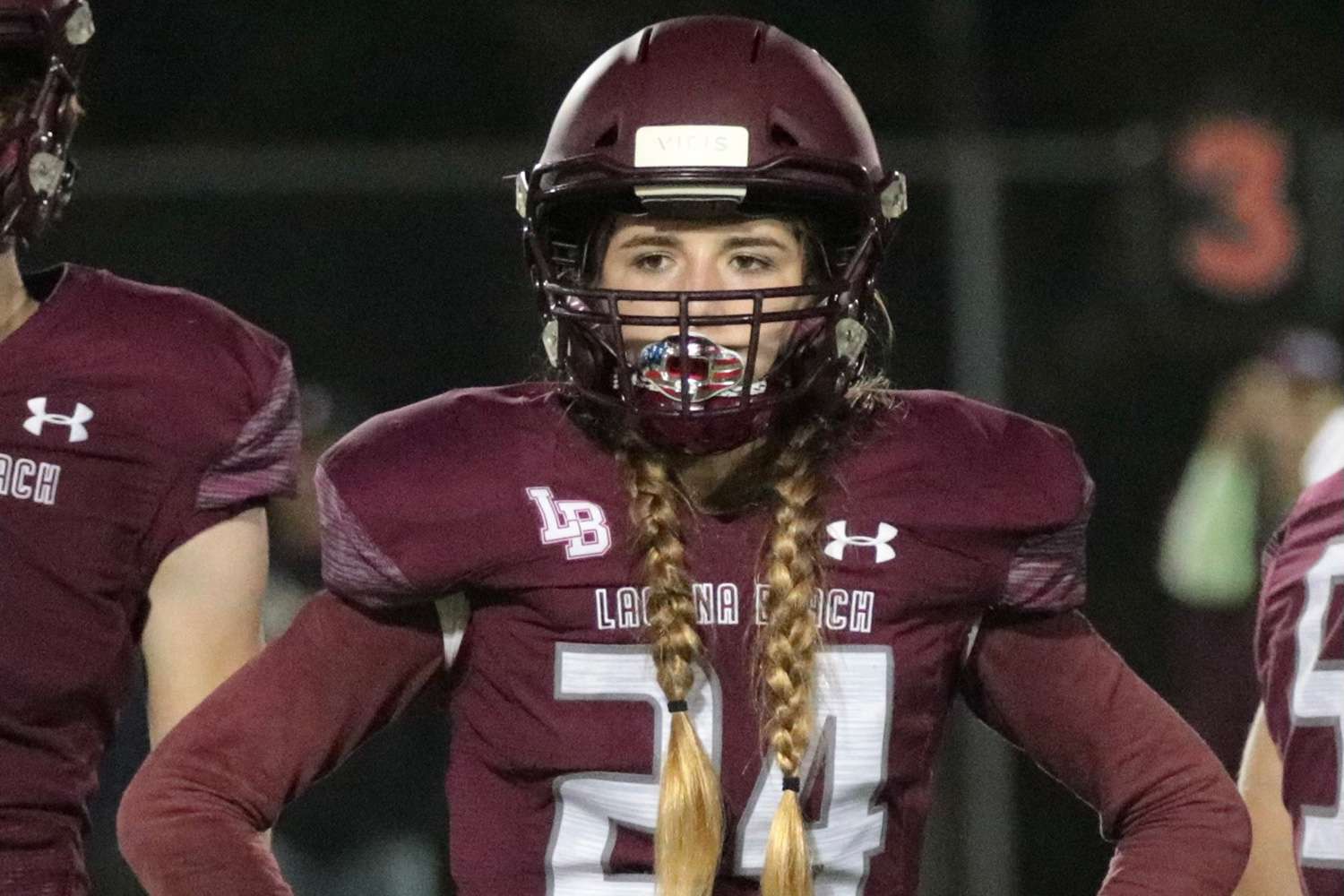I. Introduction

A. Brief overview of the abbreviation “TE” in football
In the world of football, abbreviations are commonly used to refer to different positions on the field. One such abbreviation is “TE,” which stands for tight end. Understanding the significance and role of the tight end position is crucial in comprehending the complexities and strategies of the game.
B. Importance of understanding its significance in the game
The tight end position has evolved significantly over time and plays a vital role in both the running and passing game. By understanding the responsibilities and contributions of tight ends, football enthusiasts can gain a deeper appreciation for the intricacies of the sport.
II. TE in Football: What does it stand for?
A. Definition and role of a TE
The tight end is a position in football typically situated on the offensive side of the field. The player lines up alongside the offensive line but is often split out wide or in the backfield. The primary role of a tight end is to serve as a versatile athlete who can both block and catch passes.
B. Key responsibilities of a TE on the field
The tight end is responsible for a range of tasks on the field. These include blocking to create running lanes for the running back, protecting the quarterback during passing plays, and being a reliable target in the passing game. The ability to seamlessly transition between blocking and receiving makes the tight end a valuable asset to any offensive strategy.
III. Evolution of the TE Position
A. Historical background and emergence of the TE position
The tight end position has evolved over time, with its origins rooted in the early days of football where players had more generalized roles. As the game progressed, the tight end position emerged, combining elements of both offensive linemen and receivers.
B. Changes in roles and strategies over time
- Blocking and pass-catching abilities
In the early stages of the game, tight ends were primarily utilized for blocking purposes. However, as the sport evolved, teams recognized the value of tight ends who were effective pass-catchers. This led to an expanded role for tight ends, emphasizing their receiving skills in addition to their blocking abilities.
- Flexibility and versatility in formations
Modern offensive strategies have become increasingly complex, with teams incorporating different formations and alignments to create mismatches and confuse defenses. Tight ends play a crucial role in these formations, as they can line up at various positions and disrupt defensive schemes. Their versatility allows for creative playcalling and offensive flexibility.
IV. The TE’s Role in Offensive Strategies

A. Enhancing the running game
- Blocking for running backs
One of the primary responsibilities of a tight end is to serve as a reliable blocker for running backs. By effectively sealing off defenders and creating running lanes, tight ends contribute to the success of the running game by enabling running backs to gain yards.
- Opening holes in the defense
Tight ends also play an integral role in opening holes in the opposing defense. Their blocking prowess allows them to neutralize defensive players and provide gaps for running backs to exploit. Their ability to block both at the line of scrimmage and in open-field situations makes them valuable assets in executing running plays effectively.
B. Impact on the passing game
- Receiving and route-running skills
Tight ends have become versatile receiving targets, often exploiting mismatches against slower linebackers or smaller defensive backs. Their size and athleticism allow them to create separation and make critical receptions. Tight ends must also excel in route-running, understanding the intricacies of finding open spaces in the defense.
- Providing a target for the quarterback
Tight ends serve as reliable targets for quarterbacks in the passing game. Whether it is making contested catches in traffic or serving as a safety valve when the primary receivers are covered, tight ends play a significant role in helping move the chains and contribute to the overall success of the passing offense.
V. Different Types of TEs

A. Traditional or “in-line” TEs
- Focus on blocking and short-yardage receptions
Traditional or “in-line” tight ends are known for their blocking abilities. They line up directly next to the offensive tackle or in- line with the offensive line, providing extra power at the line of scrimmage. Their physicality and strength make them valuable assets in run-blocking situations, helping open up holes for running backs to gain yards. Additionally, they excel at short-yardage receptions, often serving as reliable targets for quick passes in tight spaces.
- Providing extra protection to the quarterback
One of the key roles of traditional tight ends is to provide extra protection for the quarterback. They are responsible for blocking pass rushers and preventing them from reaching the quarterback. These tight ends must have exceptional blocking techniques and the strength to handle defensive linemen or blitzing linebackers effectively. Their ability to provide added pass protection allows the quarterback more time in the pocket to make accurate throws.
B. “Move” TEs or “receiving” TEs
- Focus on route-running and downfield receptions
“Move” or “receiving” tight ends are known for their ability to run precise routes and excel in the passing game. They are often lined up away from the offensive line and are primarily utilized as receiving threats. These tight ends possess exceptional speed, agility, and route-running skills, enabling them to create separation from defenders and make downfield receptions. They serve as valuable options in the passing game, stretching the field vertically and creating mismatches against linebackers or slower defensive backs.
- Creating mismatches with linebackers and safeties
One of the significant advantages of “move” tight ends is their ability to create mismatches against linebackers and safeties. Their combination of size, athleticism, and route-running skills poses challenges for defenders who may struggle to keep up or match their physicality. Offenses often exploit these mismatches by targeting the “move” tight end in favorable situations, forcing defensive teams to make adjustments to neutralize their impact.
VI. TE’s Impact on Team Success

A. Contributions to offensive balance and versatility
The presence of a talented tight end provides offensive teams with increased balance and versatility. Utilizing both traditional and “move” tight ends allows offenses to adapt their game plan based on the strengths and weaknesses of the opposing defense. The ability to seamlessly switch between running and passing formations, depending on the skills of the tight end on the field, keeps the defense guessing and creates opportunities for success.
B. Role in creating mismatches and exploiting defensive weaknesses
Tight ends play a crucial role in exploiting defensive weaknesses and creating mismatches. Traditional tight ends with strong blocking skills can exploit weaker run defenses, helping the offense gain yards on the ground. On the other hand, “move” tight ends excel in creating mismatches in the passing game, forcing defenders to make difficult choices in coverage assignments. This strategic advantage allows offenses to capitalize on defensive vulnerabilities and maximize their chances of success.
Overall, the different types of tight ends significantly impact team success by providing offensive balance, versatility, and the ability to exploit defensive weaknesses. The combination of traditional and “move” tight ends allows teams to tailor their strategies to exploit the strengths and weaknesses of the opposition. An effective tight end can alter game plans, create mismatches, and contribute to offensive success in a multitude of ways.



